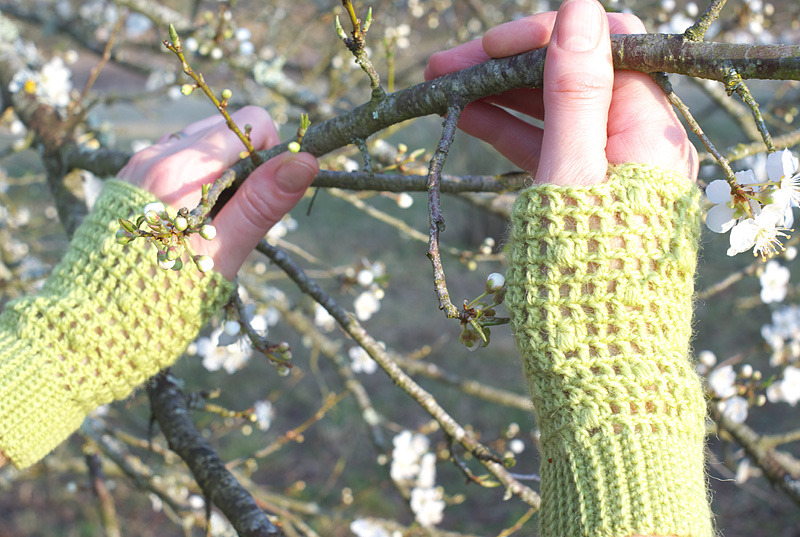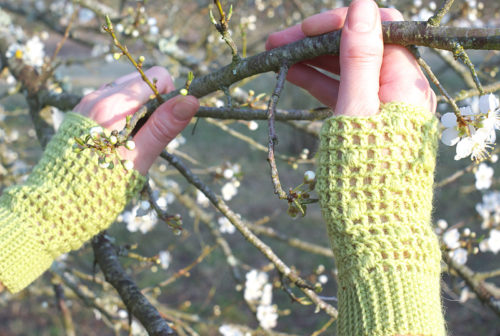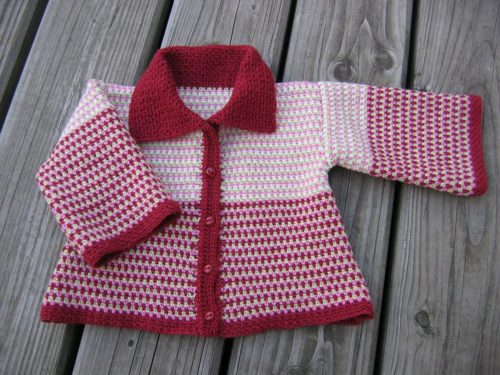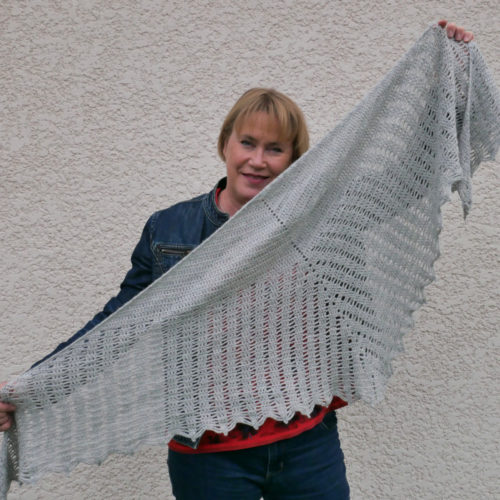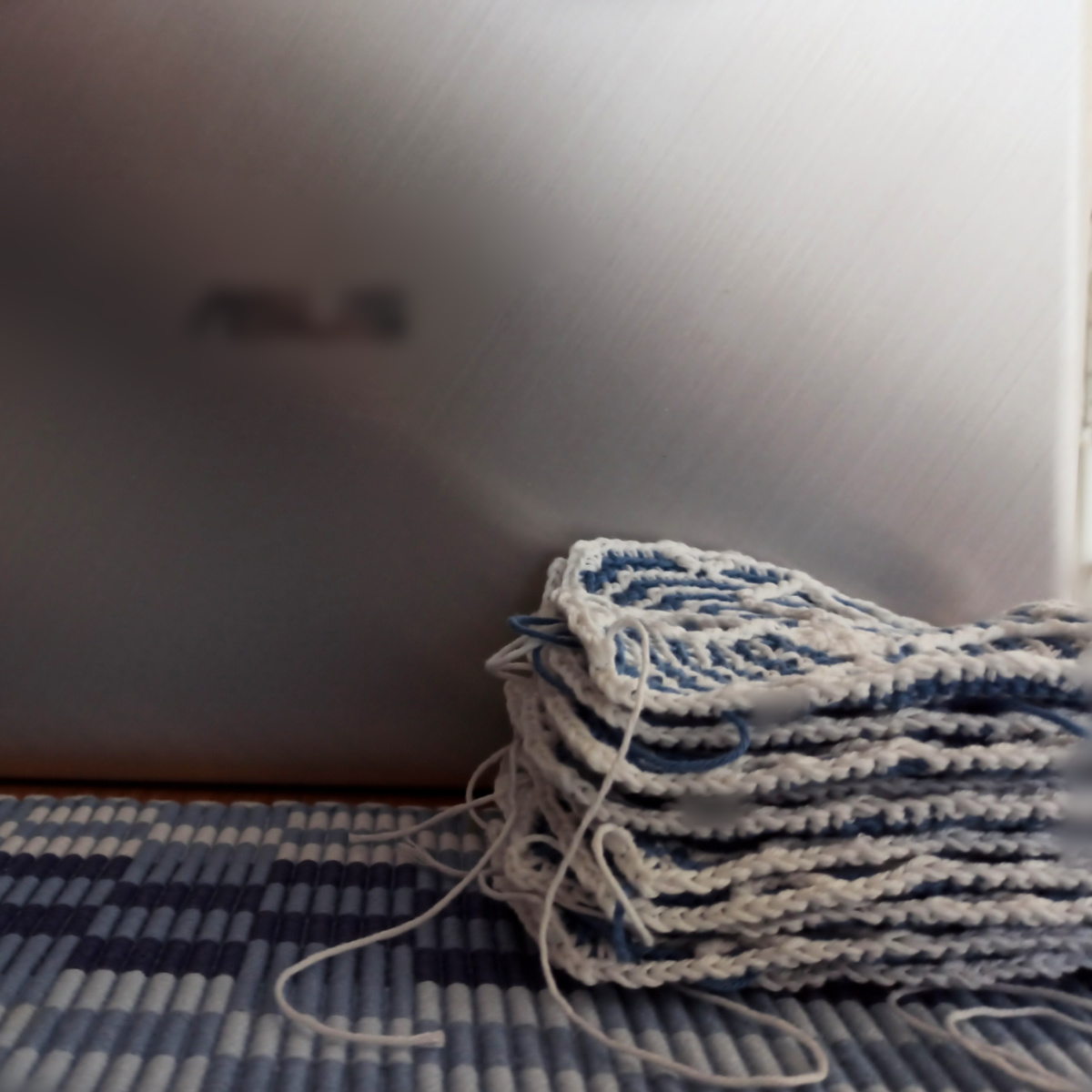I know, I know, you must always swatch before you start a new project – this is what I tell people all the time. And I also know that very often, this is not at all what you want to do!
To be perfectly honest, there are situations where you can skip the swatch – and where I don’t swatch either.
You just need to know when you can do this, and what can happen.
Narrow projects worked in the round
Do you want to crochet or knit a sock, a glove, a cowl or a hat?
A swatch worked flat will never give you the correct information for a project worked in the round.
When knitting, the smallest difference between your knits and your purls will significantly affect your gauge when working flat or in the round, respectively.
When crocheting, a stitch pattern worked flat will hardly ever look exactly like the same pattern worked in the round.
And if you decide to work your swatch in the round, you will need to work it over twice as many stitches. Solution: Use your project as your gauge swatch!
All you need to do is to try on your sock, mitten or hat after having worked a few inches. (For constructions starting with some kind of rib, work at least an inch past the ribbing).
Is it too small or too big? You will know for sure with this full-sized project.
A sleeve is a gauge swatch
For garments worked bottom up, you generally start with the back (for a garment worked flat in pieces) or the body (for a garment worked in the round).
That’s a lot of stitches to work before you can start comparing the actual measurements with those indicated in the pattern.
I suggest you start with a sleeve, which has many fewer stitches but still is big enough to yield a significant sample. Once you have checked that the width of the sleeve is correct, you can simply leave it to one side while you tackle the main part of the garment.
When size doesn’t matter (that much)
Very often people don’t make swatches for shawls, scarves and other accessories that are to be worn without a precise fit.
As long as you like the fabric you get, you can of course go ahead even if your gauge is tighter or looser than the pattern states – provided that you are a bit adventurous.
It is important to know that your gauge will affect the yardage needed for your project and its finished size.
If all your stitches are a bit (or much) smaller than the ones in the original item, you will obtain, for example, a narrower and shorter scarf.
If all your stitches are a bit (or much) larger than the ones in the original item, you will use more yarn, and you might not be able to finish the pattern as written.
If you are willing to improvise the final steps of your project, or to buy more yarn – no problem! You only need to know that this can happen, and have a plan for how to handle it.
And now, I’m off to knit a few more rows on my hat in progress. My head is larger than average, so I have chosen a larger needle size than the one suggested in the pattern. I have worked a couple of inches past the ribbing, and I’ve just tried it on – it looks good! I know that I will most probably use more yarn than stated in the pattern, but I have more in my stash – and if needed, I can add another colour in a similar yarn.
You have already guessed it – this is a project for which I didn’t make a swatch!

